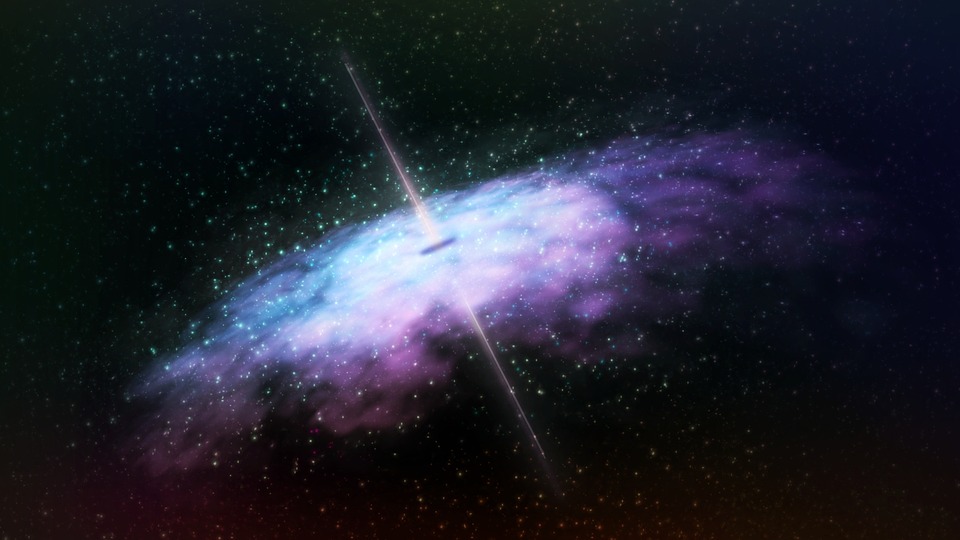
Scientists think that they’ve spotted a rare, Jupiter-size black hole casually strolling through the Milky Way galaxy.
Of course, scientists can’t see any black holes directly — but new research tracking a celestial cloud structure saw strange behavior that may have been caused by just such an invisible object. That data came courtesy of the Atacama Large Millimeter/submillimeter Array (ALMA), a set of 66 telescopes scattered across the Atacama Desert in northern Chile.
“When I checked the ALMA data for the first time, I was really excited because the observed gas showed obvious orbital motions, which strongly suggest an invisible massive object lurking,” lead author Shunya Takekawa, a physicist at the National Astronomical Observatory of Japan, told New Scientist.
Takekawa and his colleagues were using ALMA to study two gas clouds, which the team nicknamed Balloon and Stream for their shapes, during a two-day period in May 2018. During that time, they watched the gas moving strangely, seeming to spin around a center.


